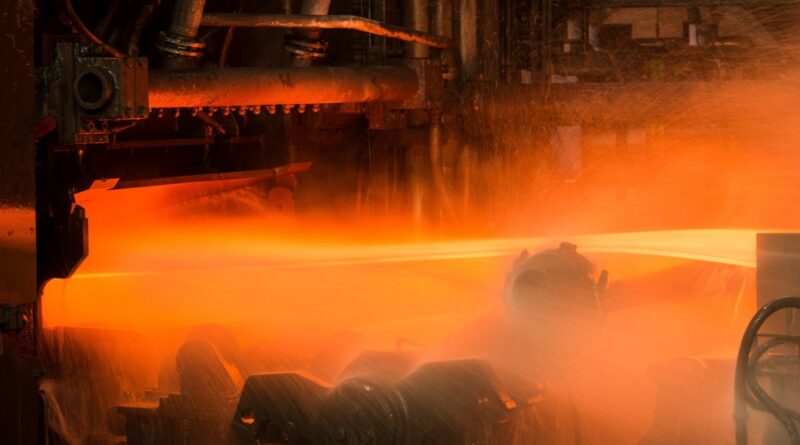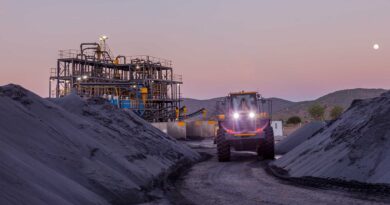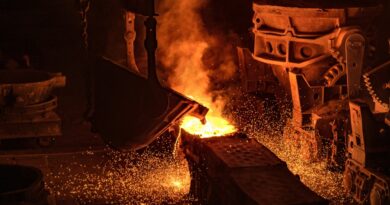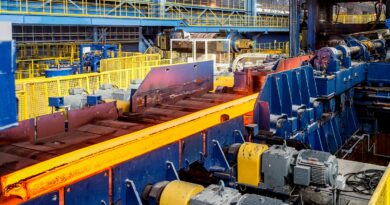Direct iron electrolysis will potentially play role in steelmaking
The steel industry itself has a major role to play in reducing its own emissions, which are around 7-10% of global greenhouse emissions. The success of the steel industry in reducing these will play a crucial part in the global challenge to decarbonise economic activity without any trade-off in terms of future living standards.
What is the outlook for steelmaking cleaner technologies over the next 30 years?
The major steelmaking regions of China, Europe, India, and Japan are on different decarbonisation trajectories due to variations in domestic policy, their steel trade positions, the age of their blast furnace fleets, differential access to cheap renewable energy and varying demand for new capacity and affordable steel.
Researchers have concluded that the blast furnace still has an important role to play in the future of steelmaking. With technology advancements, the blast furnace can still deliver significant and meaningful carbon emissions reductions while the economic and technology obstacles required for the green solution are progressively removed.
Despite the increase of scrap based EAF steelmaking and gradual shift towards the DRI route and other alternative technologies, the blast furnace route will still account for over half of steel production in 2050.
Longer term the researchers see emergent technologies such as direct iron electrolysis potentially playing a role. Today almost all primary aluminium and copper cathode is produced via electrochemical processes.
The challenge for steel is to provide enough renewable electricity to produce steel at scale. For example, take Japan, which produces around 100 million tonnes of steel annually. To convert that level of output would require more than two times the total renewable electricity supply available today in the entire country.
With that said, electrolysis offers the benefit of reducing iron ore directly with electricity, bypassing the need to produce hydrogen. For this reason, electrolysis will continue to be developed as an alternative to hydrogen based steelmaking, should the economics of hydrogen never quite add up.




